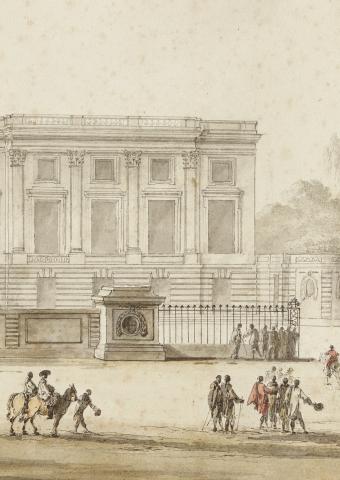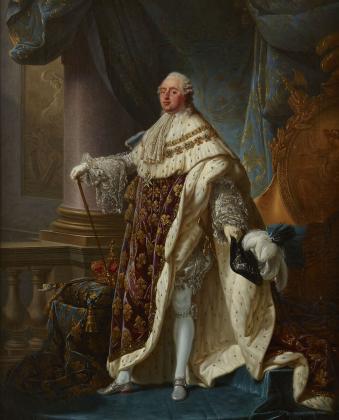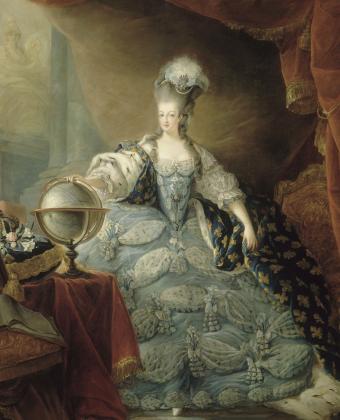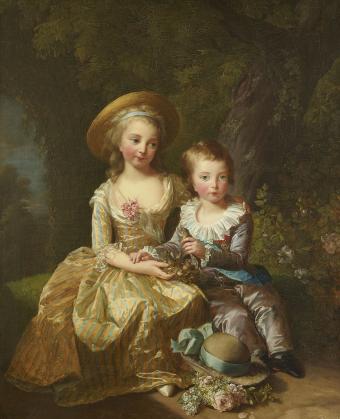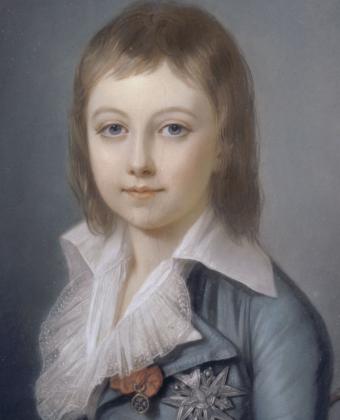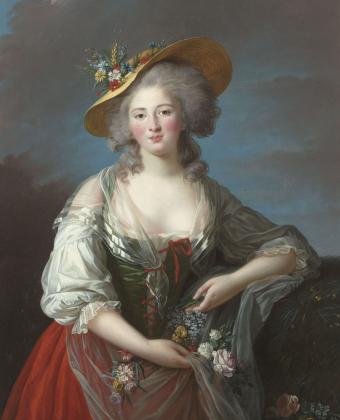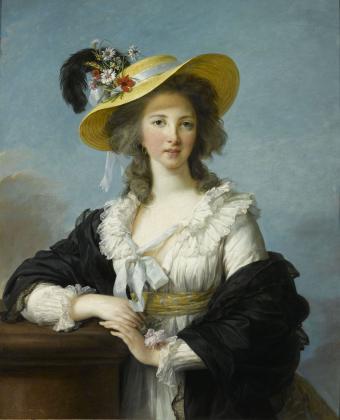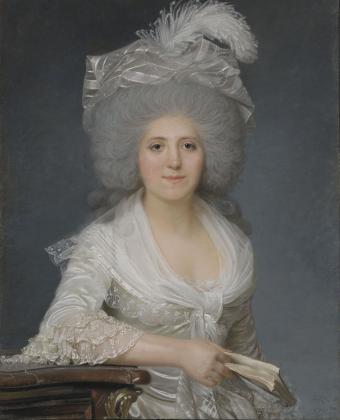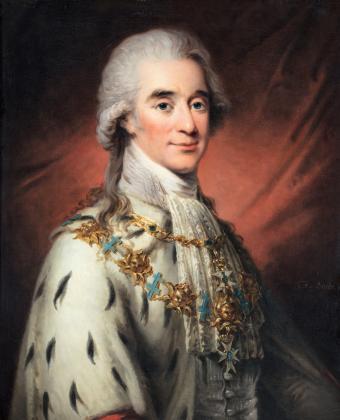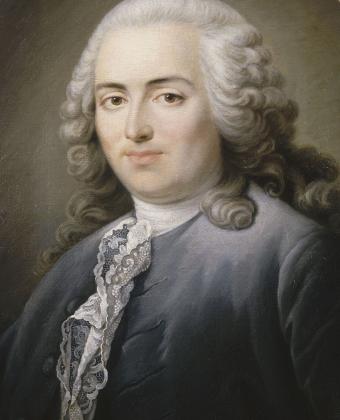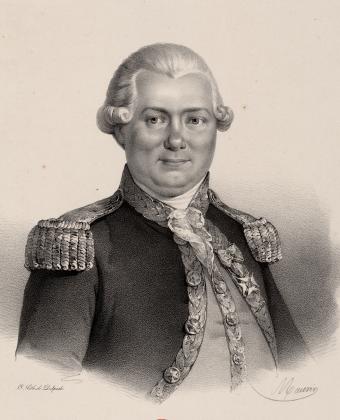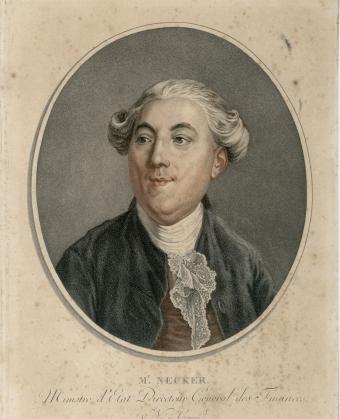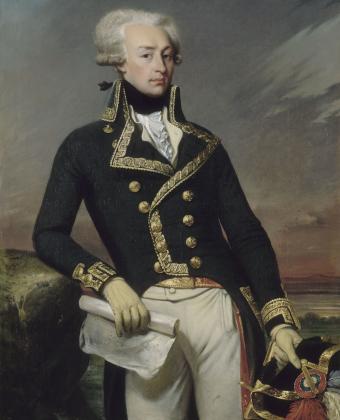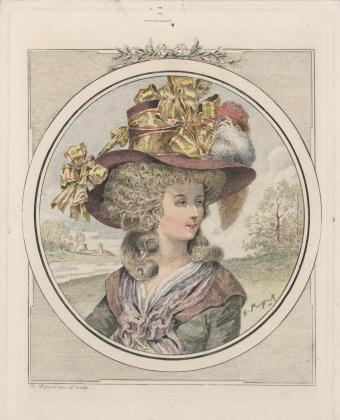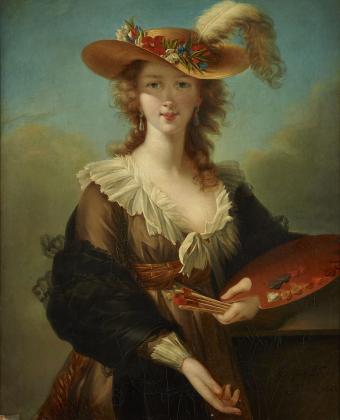Born in Nancy, Mique first began working in Versailles as former First Architect to King Stanislaus I, Duke of Lorraine and the father of Marie Leszczyńska. Following the death of Stanislaus in 1766, the queen summoned Mique to work in her service, and entrusted him with the building of a convent for young girls in Versailles (now Lycée Hoche). In the centre of the town the architect built a magnificent Neo-Classical chapel, bearing witness to the taste at the time for Palladian architecture.
Marie Antoinette solicited his services as a token to their shared origins in Lorraine. In turn, he agreed to satisfy all her whims and fancies.
In Versailles, Mique began the refurbishment of her Private Apartments in 1775, including the Méridienne Room, library, private cabinet and billiards room, which underwent various changes depending on the queen’s tastes. In 1782 he created a new, more modest apartment on the ground floor on the Marble Courtyard level, where the apartment belonging to Madame Sophie, one of Louis XV’s daughters, had once been. In the State Apartments he designed the Nobles’ Room in a Neo-Classical style, not afraid to cover the Louis XIV décor with a white ceiling and a cornice. He also annexed the Peace Room to the apartments; it later became the Queen’s Games Room.
In Trianon, considered Marie-Antoinette’s Estate par excellence, no idea was too fantastical. The works included the Queen’s Theatre for the enjoyment of the sovereign and her close friends, a belvedere for her to relax in, and a genuine hamlet for the queen’s bucolic activities, similar to but bigger than the one built by the Prince of Condé in Chantilly. Taking advice from the painter Hubert Robert and the botanist Antoine Richard, Mique also designed an English Garden. An artificial grotto, a Temple of Love and an artificial lake and river were also added to enhance this picturesque setting that encouraged a Rousseauian appreciation of nature.
On the Saint-Cloud hill, whose estate had been given to the queen by Louis XVI, Mique built a hospital for good works. The building was later modified and today only the chapel remains. Another of the architect’s famous works was the Chapel of Carmel de Saint-Denis for Madame Louise, Louis XV’s pious daughter. Zealous in the service of Marie-Antoinette, he was accused of taking part in a conspiracy to save her life, and died at the guillotine in Paris in 1794.



